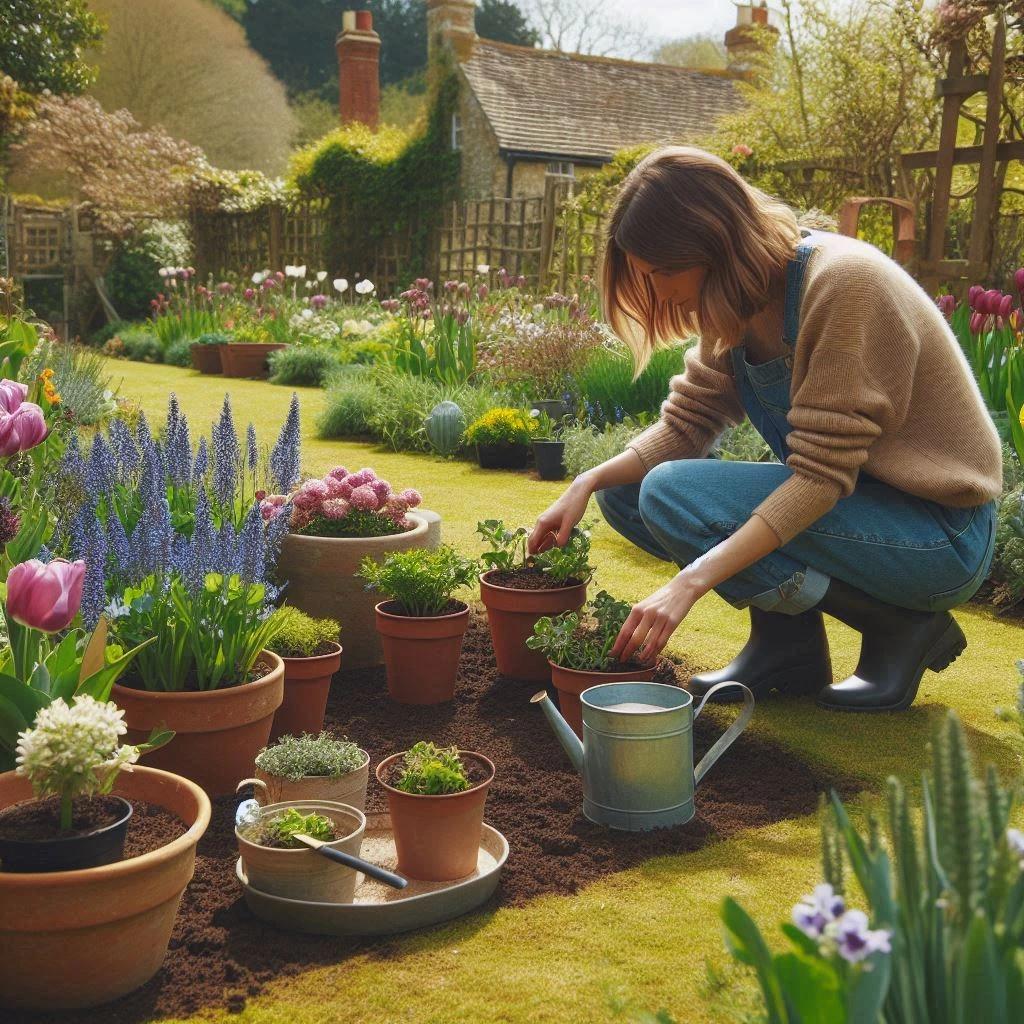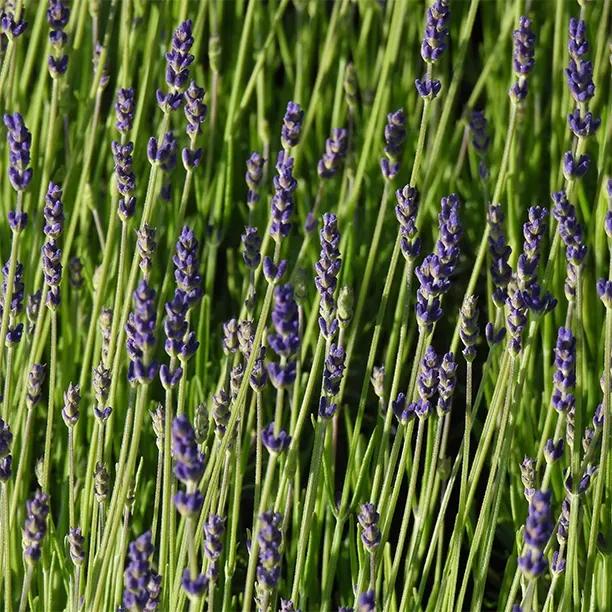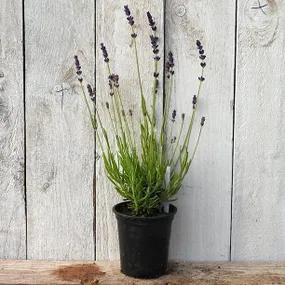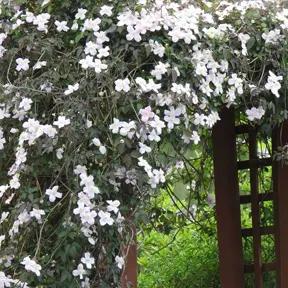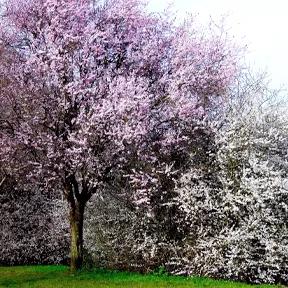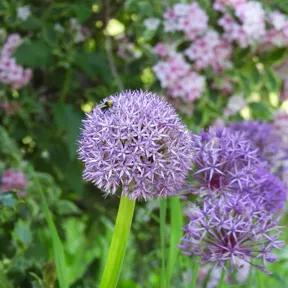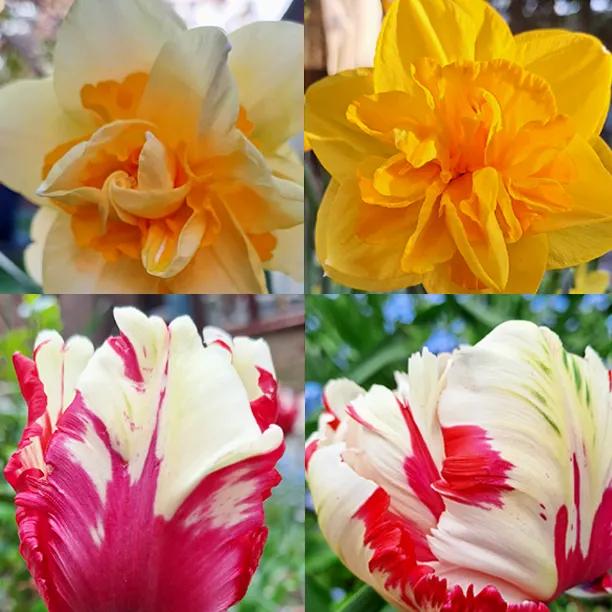Melissa Lilac Lavender Plants
Lavandula angustifolia
- Use: Low hedging / edging, basic topiary balls & shapes
- Flowers: Lilac-mauve spikes
- Flowering: July to September
- Scent: Strong, lavender
- Leaves: Evergreen, aromatic. Silvery when mature
- Height x Spread: 60cm x 60cm
- Unappealing to deer, rodents
- Drought tolerant when established
- Culinary herb
- RHS Plants for Pollinators
Recommended extras
Description
Lavandula angustifolia Melissa Lilac Hedge Plants
Melissa Lilac English lavender is a low-growing, evergreen scented shrub with elegant spikes of powdery lilac-purple flowers that open from rich purple buds, creating a lovely two-tone effect. These are hugely attractive to bees and butterflies.
Great for summer colour and scent, as well as evergreen winter interest.
The plants on this page are ideal for planting as low hedging, or as year-round structure in flower beds, borders and pots.
Browse our varieties of lavender.
Delivery season is weather dependent. There is no point planting lavender out before nighttime temperatures rise as the shock sets it back, so it establishes slower than lavender planted later when the soil is warm.
- The smallest lavenders, in P9 pots, are never shipped before May.
- We aim to ship the larger pot sizes from the end of April, but cold weather can delay delivery into May.
Choosing a size:
- For window boxes and other containers, start with the smallest plants, which come in P9 pots and are a year old. If you plant them outside, do it from the end of May when the soil is nice and warm. They are the cheapest way to start a lavender hedge, but you will have to wait a year or two longer for them to knit together.
- For borders, hedges and edges, two-year-old plants in 1 litre pots are ideal. You get more root and more flower in the first year, and they do not look lost planted at one plant every 13" (33cm). By the end of the first summer, they will have joined up.
- For specimen shrubs that provide instant impact, buy larger plants in 3 litre pots or bigger.
All our lavender plants are measured by their height in centimetres above the soil (the pots aren't measured).
Features
- Use: Low hedging / edging, basic topiary balls & shapes
- Flowers: Lilac-mauve spikes
- Flowering: July to September
- Scent: Strong, lavender
- Leaves: Evergreen, aromatic. Silvery when mature
- Height x Spread: 60cm x 60cm
- Unappealing to deer, rodents
- Drought tolerant when established
- Culinary herb
- RHS Plants for Pollinators
Growing Melissa Lilac Lavender
- Aspect: Full sun, South facing
- Soil: Well drained is vital, poorly fertile is preferable
- Soil pH: Above 6.5 is best. Likes chalk
- Hardiness Rating: H5 (to -15C)
- Suitable for the coast and windy locations
- Ideal for container growing
Lavender must have good drainage and close to full sun. It prefers poor soil and thrives in exposed coastal sites.
When established, they are drought-tolerant, but in their first and second year you must water them well, as with any new shrub.
Don't plant lavender out too early in Spring: the cold soil will shock it and set it back. In most years, this means waiting until May.
There are different approaches to pruning, which is necessary to keep your lavender dense and beautiful.
The essential thing is to cut all the new, green growth down to two or three buds typically in early September, around when the last flowers have faded.
A light trim in Spring is optional, but recommended.
Spacing a Melissa Lavender hedge: Like most formal hedging, plant at 3 per metre, 33cm apart in a single row.
Deer and rodents are not interested in lavender - they might nibble fresh green Spring growth to test it, but as the foliage matures they ignore it.
In Your Garden Design
In pots, as a hedge or in beds and borders, lavender is a summer favourite and all-time classic for a relaxed cottage-garden feel. Used to line a pathway, its charms are undeniable: every time you brush past, that heady lavender scent is released from both foliage and flowers, at the same time softening the edges of that path.
As an alternative to box or yew, it's a great shrub for creating a parterre or knot garden, as it responds well to tight clipping after flowering.
In combination with other summer-flowering perennials in a cottage-garden setting, lavender partners well with all kinds of shrub roses, heat-loving salvias, hardy geraniums, and other silvery-leaved sun worshippers such as Stachys and Artemisia.
For a sublimely relaxing scene, create a Mediterranean garden of mounded shapes by combining in drifts with cotton lavender (its cute yellow buttons are a wonderful contrast to lavender's airy flower spikes), other darker lavender varieties like a deep purple Hidcote, rosemary and thyme; it's the perfect planting solution for a dry, sunny spot on sharply drained soil.
Did you know?
This variety was bred in New Zealand and registered under the code dow4.
Planting Instructions
Read our full guide on how to grow lavender, with a quick pruning video.
- Good drainage is most important: Lavender tolerates cold weather, but it hates "wet feet" in winter.
- Heavy clay on a dry, sunny hill that sheds water should be fine, but light, dry, poorly fertile soils are ideal.
- If your site is not well drained, lavender thrives in pots.
- It needs plenty of sun to flower well.
- It can grow near the sea, good for windy sites.
- It's drought resistant after it has established deep roots, which takes a couple of years.
Prepare the Soil Before Planting
- The key is to remove weeds and to break up soil compaction, so the new roots can spread out rapidly downwards and sideways.
- Don't enrich the soil, only use Rootgrow mycorrhizae at planting time.
- To improve drainage, it helps to raise the soil level a little by forking in plenty of grit and sharp sand, however, this is not usually practical beyond a small ridge or mound: growing Lavender in a pot is much easier than raising the level of a whole bed!
Care for Your New Lavender Hedge
- Most important: water thoroughly in dry weather for the first growing season. Soak the ground, and then let the soil almost dry out before watering again.
- Second most important: weed around the plants.
After the first growing season, lavender in most gardens should never need watering again.
If your soil is very dry and sandy, then continue to water in dry weather at the start of their second growing season.
Even with the best care, all lavender hedging tends to go woody and floppy after 10-15 years, losing its full appeal. When you see this happening, take cuttings to replace the old hedge, or order new ones from us.
Trimming Lavender Plants
A hard trim every year in late autumn ensures dense growth, more flowers, and extends Lavender's ornamental life span.
Cut back each stem to about two buds / 2cm of green growth.
- Avoid cutting into the older, woody part of the stems: if you prune yearly, you should never need to do this.
Deadhead flowers regularly to encourage more - it's up to you to decide whether to leave the last blooms on the plants overwinter.
Hygiene & Diseases
Lavender is very disease resistant, and diseases are typically indicators that the site is too damp and/or shady for Lavender to thrive.
- Prune off Dead, Damaged or Diseased (DDD) wood as soon as it appears.
- Disinfect your pruning tools between every cut if there are signs of disease.
- Disposing of diseased material is safer than composting it.
- Clean out Autumn leaves from underneath your plants, which can trap damp.
It's Spring Planting Season 2025
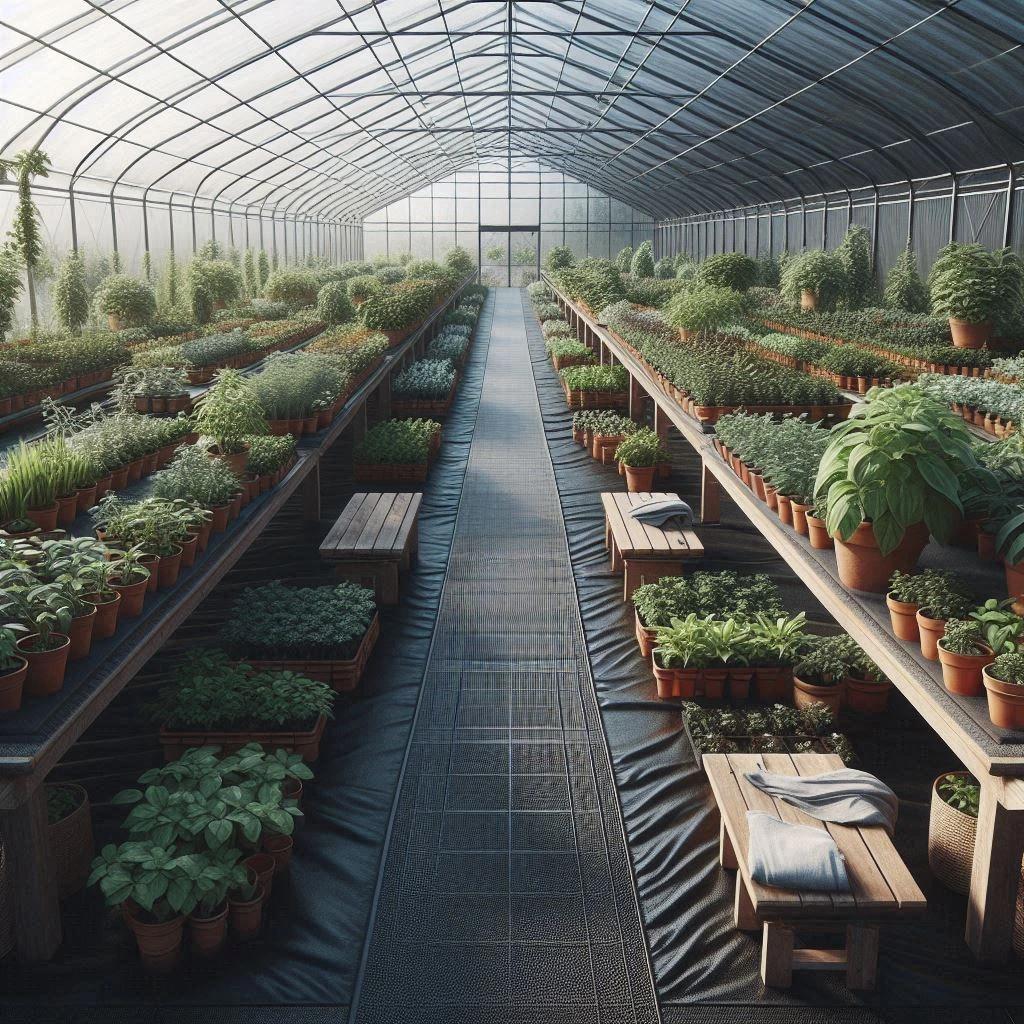
Pot Grown & Plug Plants Delivered
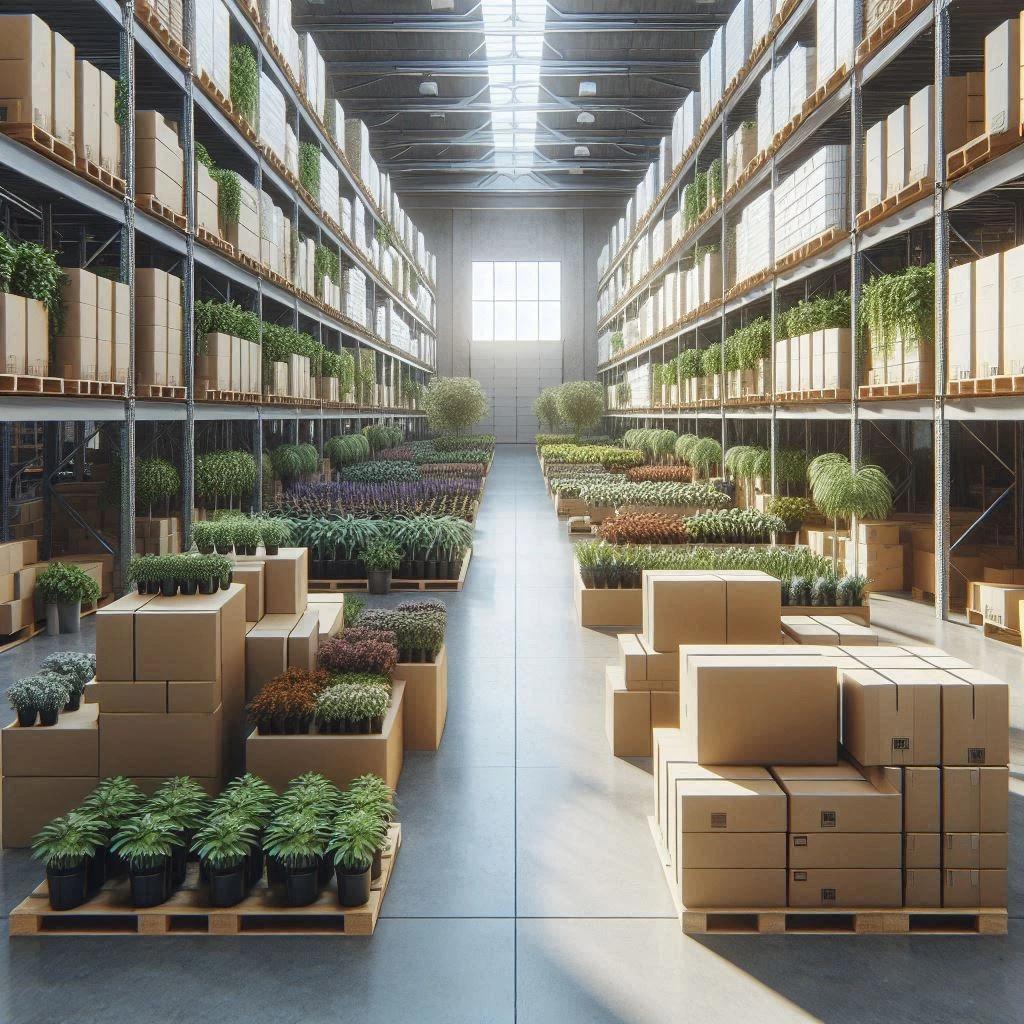
Direct from the Nursery Value

No more broken plants in the post!
